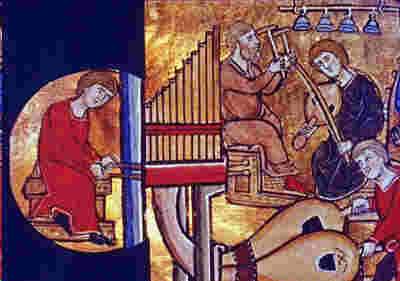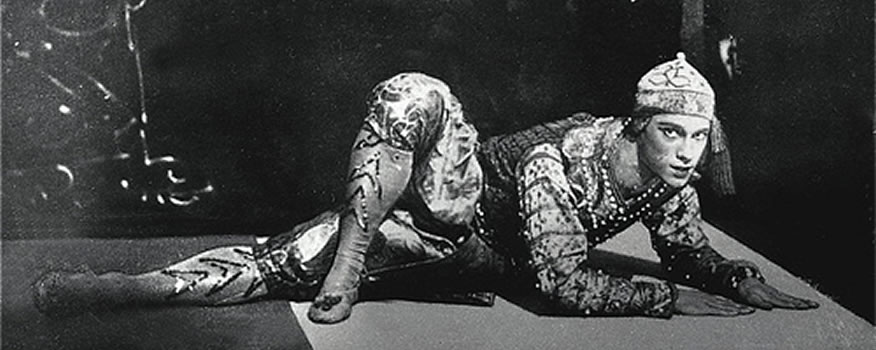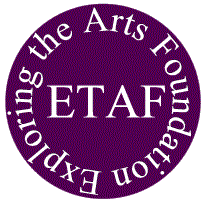
welcome to Music & the dance
The Muse of Music welcomes you to a feature on music and dancing. This is
your "invitation to the dance."
about dance and the muse of music
 |
| The magnificent Anna Pavlova as
she appeared in The Dying Swan in 1911 |
Dance means many things to many people, among them:
- To move rhythmically, usually to music, using prescribed or improvised
steps and gestures.
- To leap or skip about excitedly.
- A series of rhythmical motions and steps, usually to music.
- The expression of a dancer's ideas and feelings or those of others by
means of bodily movement.
- The telling of stories through bodily action, alone or in combination
with others, with or without the aid or participation of theatrical or
aesthetic elements.
- Use of bodily motion to describe objective actions, events, objects,
people, etc.
- A spiritual activity in physical form.
- A party or gathering of people for dancing; a ball; a performance.
- A musical or rhythmical accompaniment composed or played for dancing.
- The act or an instance of dancing.
- The art of dancing.
Dance means the same things to Electricka and her muses.
Scope
Understandably, The Muse of Music is primarily interested in the meanings of Dance
listed above insofar as they relate to music. Among the aspects of Dance
that relate to music are:
- Varieties of dance, ranging from classical ballet through
modern dance through tap.
- Composition and performance.
- The techniques, skills, arts, or forms of dancing (choreography, dance training,
notation, etc.)
- Important performers and memorable performances.
- Important composers, choreographers, impresarios, and dance companies.
- Important dance music.
- Dance history.
- Technology associated with dance: for example, Kodaly's choreographic
notation system.
- Musical composition techniques aimed at dancing and the dance.
- Dance music:
- Music written for dancing.
- Music that's danced to even though not written for that purpose.
- Music that's written so that it can't be danced to.
Here The Muse emphasizes the exploration of various fields of formal and classical dance,
among them ballet, modern dance, and tap dance,
rather than on informal fields of dance, such as jitterbugging,
the bossa nova, or the Peabody. Why? Because formal dance forms tend to provide more structure for discussion
and more opportunity for explication and analysis; they tend to remain
popular or in style for far longer periods.
 |
| Vaslav Nijinsky, no doubt the
greatest male ballet dancer of all time, dressed for his 1919 performance
of Carl Sinding's The Siamese Dance in the ballet suite,
Les Orientales, with choreography by Nijinsky. |
The Muse Of Music is particularly interested in aesthetic combinations of music and dance
together and on the synergies that devolve from their interaction. If and when other muses are involved—The
Muse Of Fine Arts for lighting or set design, for example, or The Muse Of Film for movies
that include dancing or are about dancing—The Muse Of Music shares the responsibility for the
exploration of the field of dance with these other muses, as appropriate.
availability
This feature is in its initial stage of development. Return periodically
to see future additions.
ETAF Recommends
...Coming.
Convert this page. Add Swean Lake Ballet music and give credit. Add creit to artistic credits page..
|
www.Electricka.com
This web site and
its contents are copyrighted by
Decision Consulting Incorporated (DCI).
All rights reserved.
You may reproduce this page for your personal
use or for non-commercial distribution. All copies must include this
copyright statement.
—Additional
copyright and trademark notices— |
|
| |
|
Exploring the Arts Foundation |
| |
 |
| |
|


